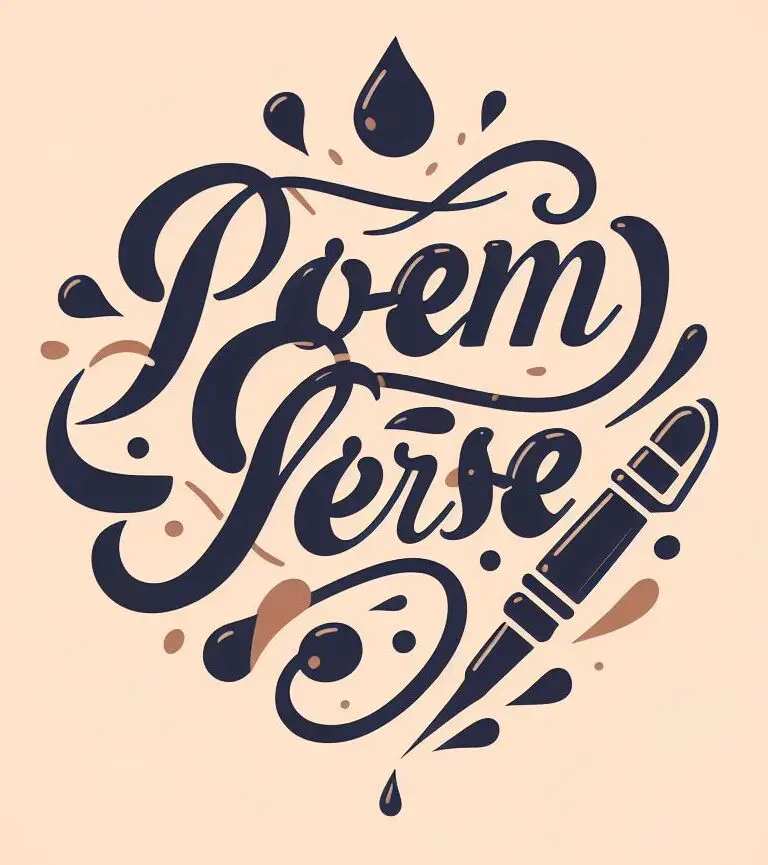Famous Poems about Fire: Igniting the Flames of Creativity
Fire has long been a captivating and powerful symbol in poetry, representing both destruction and renewal, passion and transformation. Countless poets have been inspired by the mesmerizing dance of flames, weaving their words into verses that ignite the imagination. In this article, we will explore a selection of famous poems that celebrate the enigmatic nature of fire and its profound impact on our lives.
"Fire and Ice" by Robert Frost
One of the most renowned poems about fire, "Fire and Ice" by Robert Frost, explores the contrasting forces of desire and hatred, symbolized by fire and ice, respectively. This short and thought-provoking poem delves into the existential question of how the world might eventually meet its end. Frost's powerful words ignite deep contemplation within the reader's mind, as he masterfully combines fire and ice as metaphors for the consuming passions and apathy that may lead to our demise.
Some say the world will end in fire,
Some say in ice.
From what I've tasted of desire
I hold with those who favor fire.
But if it had to perish twice,
I think I know enough of hate
To say that for destruction ice
Is also great
And would suffice.
"The Tyger" by William Blake
In his iconic poem "The Tyger," William Blake explores the awe-inspiring beauty and terrifying power of the natural world. The poem's central image of the fierce and fiery tiger embodies the raw energy and primal force present in nature. Blake's use of vivid imagery and rhetorical questions creates a sense of wonder, inviting the reader to contemplate the dualistic nature of creation and the mysteries that lie within it.
Tyger Tyger, burning bright,
In the forests of the night;
What immortal hand or eye,
Could frame thy fearful symmetry?
"Burning the Old Year" by Naomi Shihab Nye
Naomi Shihab Nye's poignant poem, "Burning the Old Year," captures the essence of bidding farewell to the past and embracing the possibilities of a new beginning. Through the metaphorical act of burning the remnants of the old year, Nye vividly portrays the transformative power of fire, symbolizing the release of regrets and the renewal of hope. Her evocative language and vivid imagery ignite a sense of optimism, inspiring readers to embrace change and move forward.
Letters swallow themselves in seconds.
Notes friends tied to the doorknob,
transparent scarlet paper,
sizzle like moth wings,
marry the air.
So much of any year is flammable,
lists of vegetables,
partial poems.
Orange swirling flame of days,
so little is a stone.
"The Love Song of J. Alfred Prufrock" by T.S. Eliot
T.S. Eliot's masterpiece, "The Love Song of J. Alfred Prufrock," skillfully captures the internal struggle of a man paralyzed by self-doubt and the fear of societal judgment. In this complex and introspective poem, Eliot employs the metaphor of fire to convey the protagonist's desperation and longing for passion. The smoldering imagery of "burning" and "smoke" reflects Prufrock's desire to break free from his monotonous existence and embrace a life full of emotional intensity.
And would it have been worth it, after all,
After the cups, the marmalade, the tea,
Among the porcelain, among some talk of you and me,
Would it have been worth while,
To have bitten off the matter with a smile,
To have squeezed the universe into a ball
To roll it toward some overwhelming question,
To say: "I am Lazarus, come from the dead,
Come back to tell you all, I shall tell you all"—
If one, settling a pillow by her head,
Should say, "That is not what I meant at all.
That is not it, at all."
These famous poems about fire remind us of the immense power contained within this elemental force. From Robert Frost's contemplation of the world's end to T.S. Eliot's exploration of longing and desire, these poems ignite our senses and provoke introspection. Through the medium of poetry, we can embrace the transformative nature of fire and allow its flames to kindle our imagination, creativity, and understanding.

Entradas Relacionadas